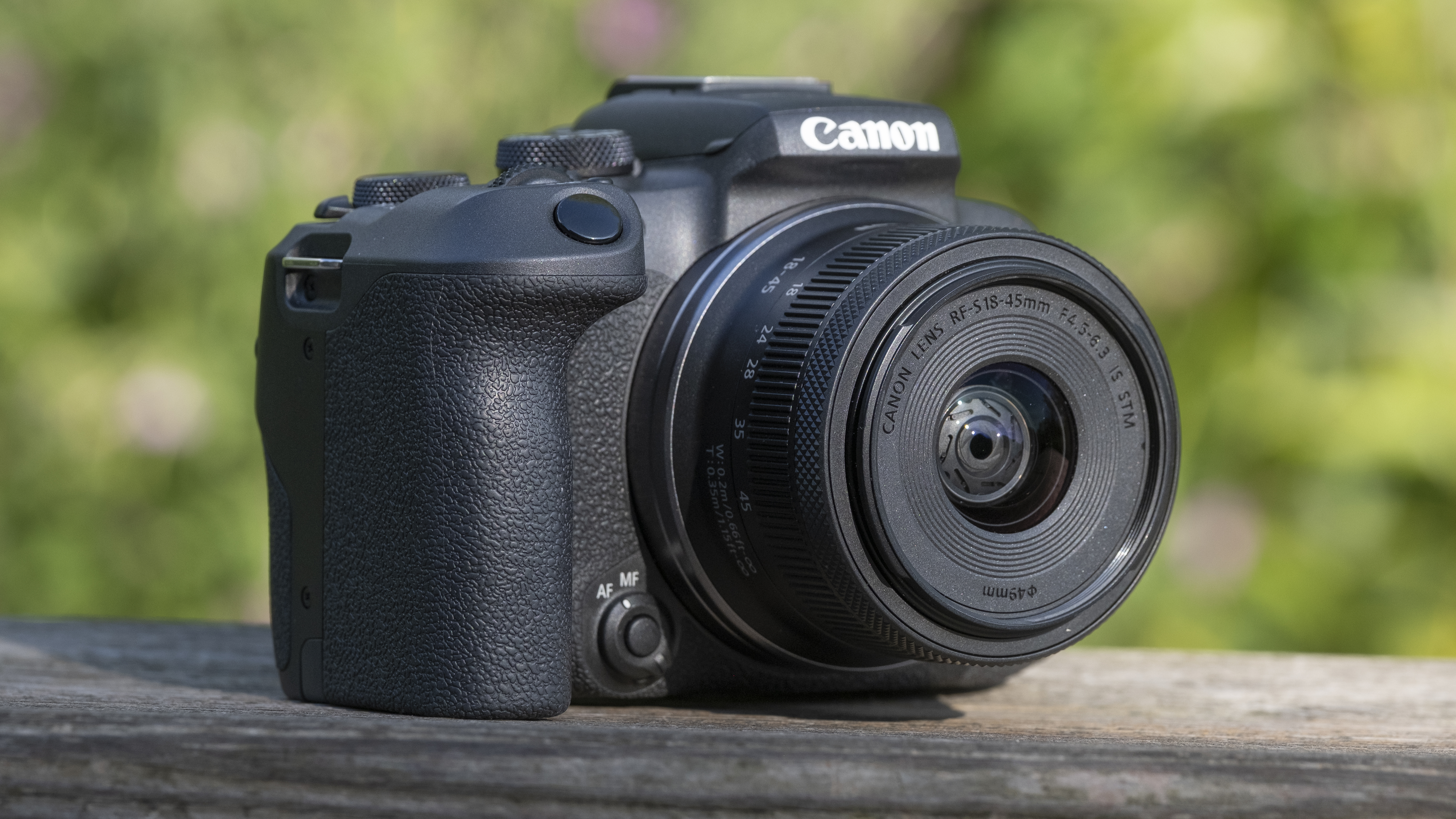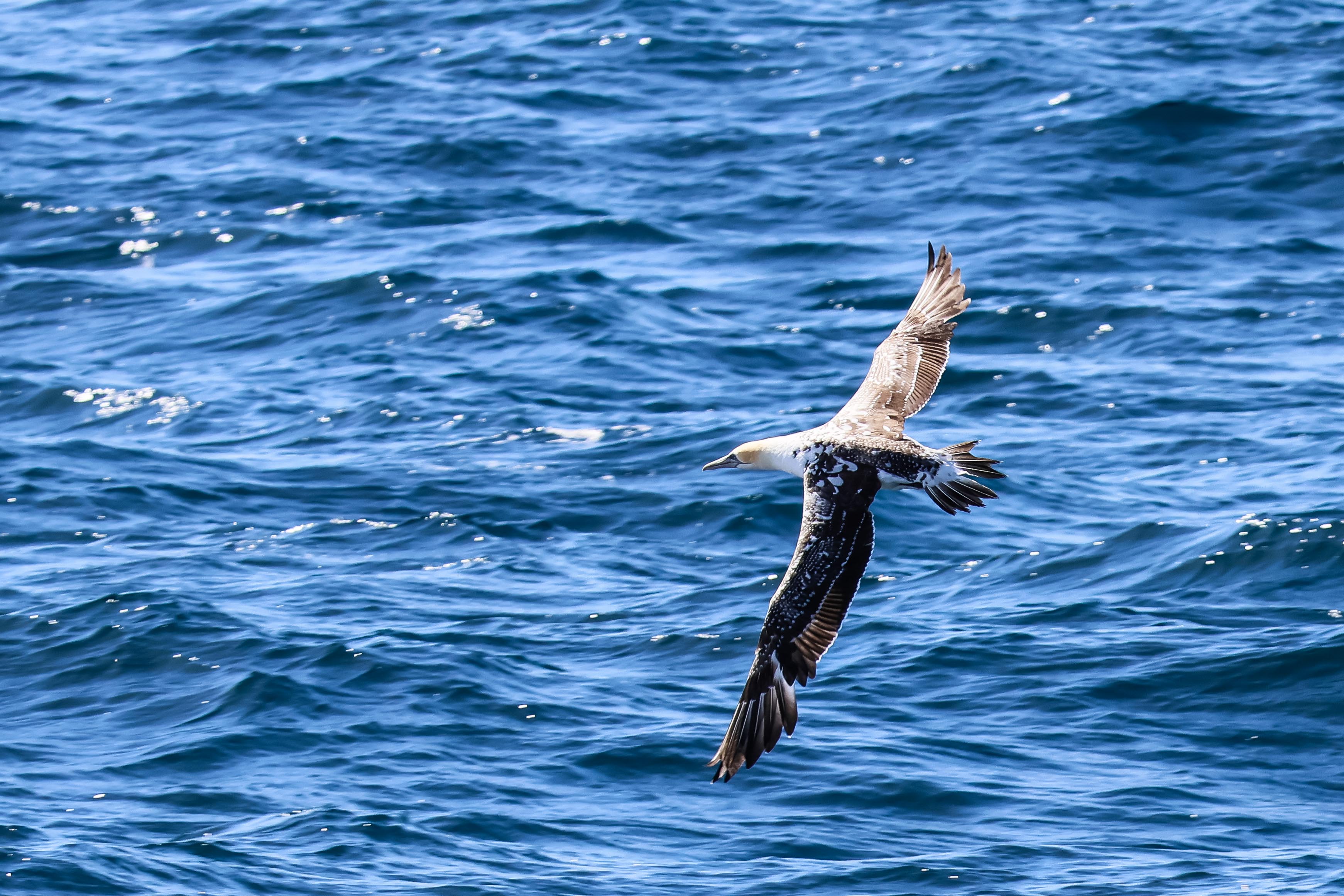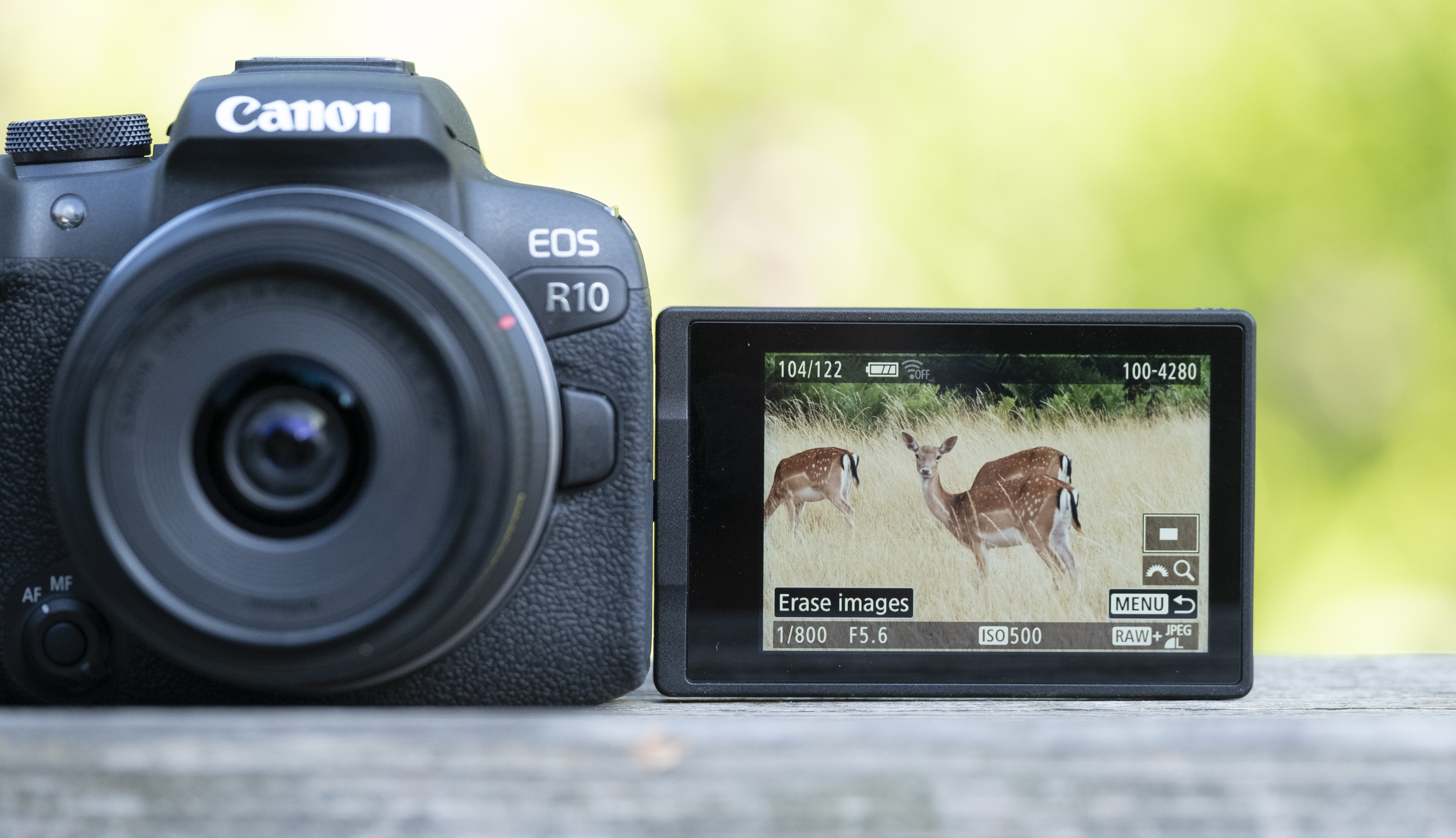We need more affordable and capable cameras like the Canon EOS R7 and R10
Putting creative power into more hands

I recently received an email from a reader asking whether he should make the switch to a Sony APS-C camera from his current Canon M50 Mark II because he kept seeing reviewers rave about Sony’s performance.
He mentioned that he was a hybrid shooter but not a professional, so it was tempting for me to say yes, given my disappointment when I tested the M50 II for myself. However, my advice to him was that if he was happy with his M50 II, then there’s no need to make a change to a new system at all. But if he was really keen on an upgrade, to then consider Canon’s latest R-series APS-C offerings instead – either the EOS R7 or the EOS R10, depending on his budget.
You might call me biased, but at the time of writing, I cannot think of any other affordable crop sensor camera that offers the same kind of speed and performance as Canon’s newest bodies.

And this is particularly true for the R10. It’s a camera that offers plenty of value for money by balancing a plethora of innovative features and performance in a very compact body.
And I’m not alone in this thinking, as another colleague of mine is convinced that the R10 is now the best camera for beginners. I took the EOS R7 whale watching and it was thrilling to see that its autofocus performance was right up there with the likes of the EOS R5 and the EOS R3.
Balancing price and performance
Even though both the R7 and the R10 have been primarily designed to convince the many Canon APS-C DSLR users to make the jump to mirrorless, they both make compelling cases for being the first camera for budding photographers, or anyone who just wants a 'real' camera. For more on the specifics of why that's the case, you can read our full Canon EOS R7 review, along with our in-depth Canon EOS R10 review.
Given the speed and performance we discovered in those two reviews, those two cameras can outperform most comparative cropped-sensor models from Sony and Fujifilm… even Micro Four Thirds options for that matter. In this particular reader’s use case, the R10 is without a doubt miles ahead of its EF-M cousin.
Photographers looking for their first 'real' camera, or upgrading from an older Canon APS-C model (DSLR or mirrorless), will find the R7 and the R10 a huge upgrade without too much of a mark-up, particularly since most EF lenses can be fitted to the bodies with an adapter.
New and existing Canon users will also not have any issues making the move as the user interface is intuitive and the performance is just an absolute revelation – everything works so smoothly.

Despite trying to keep costs down, Canon has still given both its R-series crop sensor models plenty of features that are typically seen on higher-end models.
From Dual Pixel CMOS AF II autofocusing that matches the performance on the pro-level sports cameras, to high-speed continuous shooting (23fps for the R10 and 30fps for the R7), 10-bit HEIF capture and video recording at 4K/30p, even some weather sealing on the R7 – that’s more than what the average user would want.
In fact, current Canon DSLR users get nowhere near this kind of performance, even with the newer models like the EOS 90D.
It’s not just the internal specs of the R-series crop sensor cameras that make the argument for them – compactness is a huge plus as well. For the reader who emailed me, there’s not going to be a huge difference in size between the M50 II and either of the new Canon APS-C models, but DSLR users will immediately feel the difference.

And the new RF-S lenses are a big part of keeping the system compact. Although there are only two zooms in the native lens range, we’re quite sure Canon will quickly fill its stable as it has done with its full-frame system. Moreover, all the RF lenses work with the APS-C bodies with no need for an adapter, and there are now some affordable lenses in the range.
While we wait for more native RF-S lenses though, it’s hard to argue that Canon’s done a darn good job in returning to its old form, making cameras that offer hard-to-resist combinations of design, features and performance. I’m even willing to take the punt and say that, at the time of writing, the EOS R10 is, by far, the best mid-range model currently available and our pick of the best camera for beginners. It’s also made it into our round-up of the best cameras you can buy right now.
Get daily insight, inspiration and deals in your inbox
Sign up for breaking news, reviews, opinion, top tech deals, and more.

While she's happiest with a camera in her hand, Sharmishta's main priority is being TechRadar's APAC Managing Editor, looking after the day-to-day functioning of the Australian, New Zealand and Singapore editions of the site, steering everything from news and reviews to ecommerce content like deals and coupon codes. While she loves reviewing cameras and lenses when she can, she's also an avid reader and has become quite the expert on ereaders and E Ink writing tablets, having appeared on Singaporean radio to talk about these underrated devices. Other than her duties at TechRadar, she's also the Managing Editor of the Australian edition of Digital Camera World, and writes for Tom's Guide and T3.